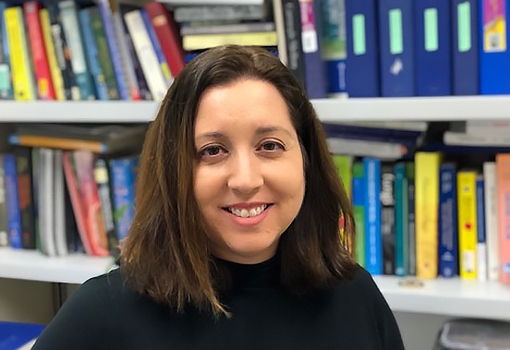Michelle O’Malley has long been inspired by gut microbes. Since she began studying the herbivore digestive tract, the UC Santa Barbara chemical engineering professor has guided several students to their doctoral degrees, won early and mid-career awards (including a recognition from President Obama), attained tenure, and advanced to the position of full professor. She even had three children along the way. A constant through it all: goat poop.
“This has been the longest single effort in my lab,” said O’Malley, who with her research team way back in 2015 first embarked on an ambitious project to characterize gut microbes in large herbivores. The purpose? To understand how these animals manage, via their microbiomes, to extract energy from plant material, particularly the fibrous, non-food parts, where sugars are locked behind tough plant cell walls. Understanding this process could reveal methods for extracting the raw materials necessary for a wide variety of the chemicals required for modern life — from biofuels to pharmaceuticals — all from abundant, renewable, plant parts. This, in turn, could decrease or even eliminate our reliance on more finite resources for these materials.
Now, O’Malley has reached another milestone. In a paper in the journal Nature Microbiology, she and her team report the results of more than 400 parallel anaerobic enrichment experiments, which include more than 700 previously unknown microbial genomes and thousands of new enzymes, as well as a possible mechanism for much of the methane often blamed on cows and goats.

Michelle O'Malley

